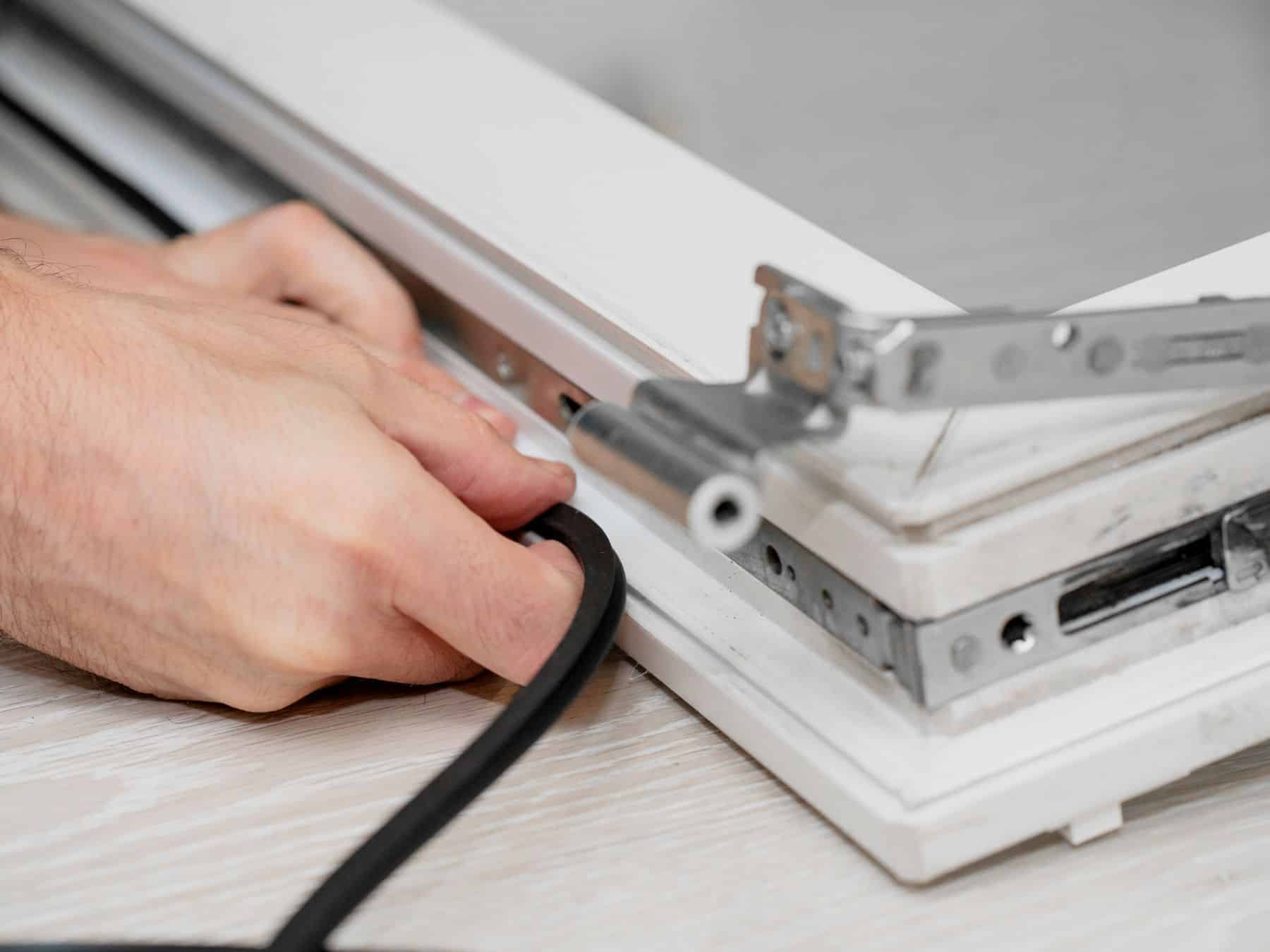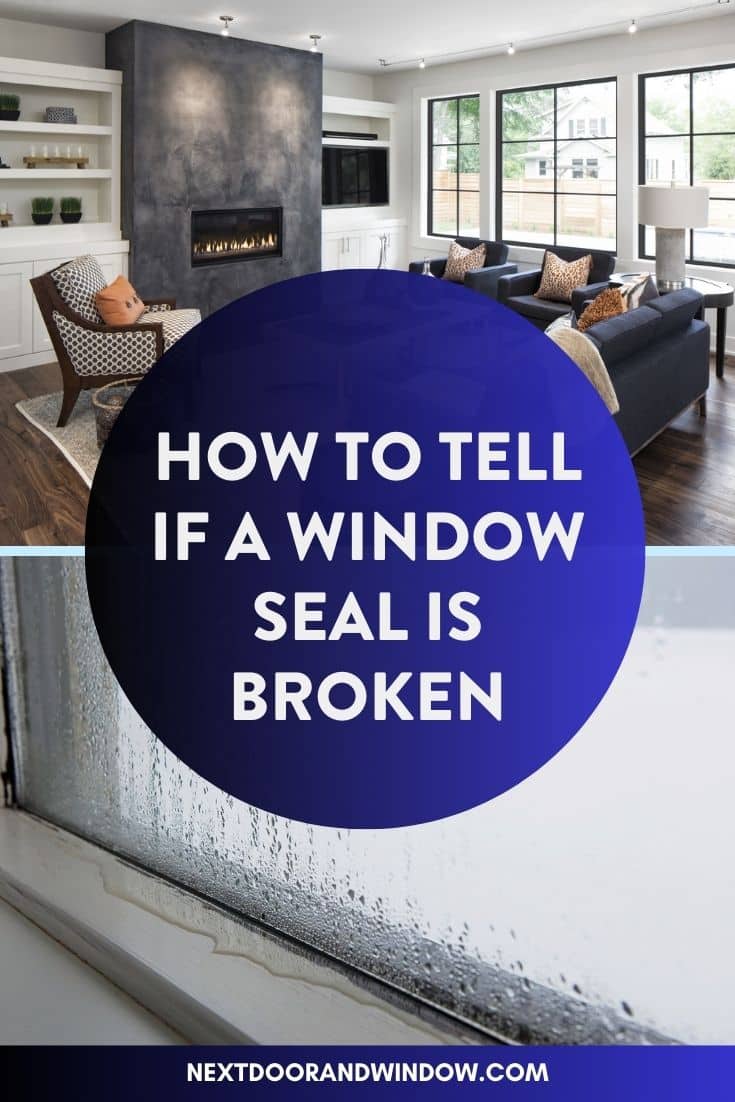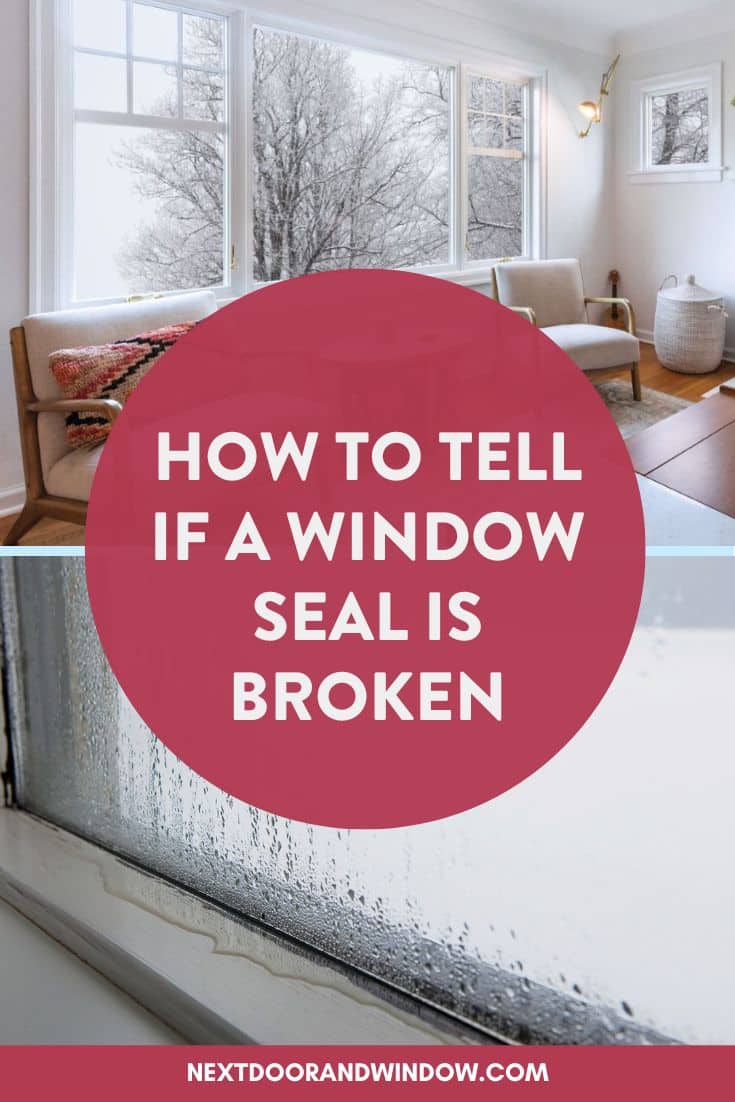You’ve heard us mention it time and time again: check your window seals; maybe they’re broken, and it’s time for new windows. But how can you tell if this is the case? The experts at NEXT Door & Window have put together this list of common signs that your window seal is leaking.
Table of Contents
What is a Window Seal Leak?
Sealed windows are made of two or more glass layers separated by a spacer material, forming an insulated glass unit. The purpose of this is to:
- Slow energy transfer between your homes interior and exterior
- Improve structural integrity for your window panes
However, window seal leakage can occur over time, allowing inert gas to escape while also causing moisture and outside air to enter. Once the seal breaks down, potential issues such as drafts, condensation, and damage can occur.
3 Ways to Tell if a Window Seal is Broken
To help you assess the condition of your windows, here are 3 key signs that can help you identify if your window seals are broken.
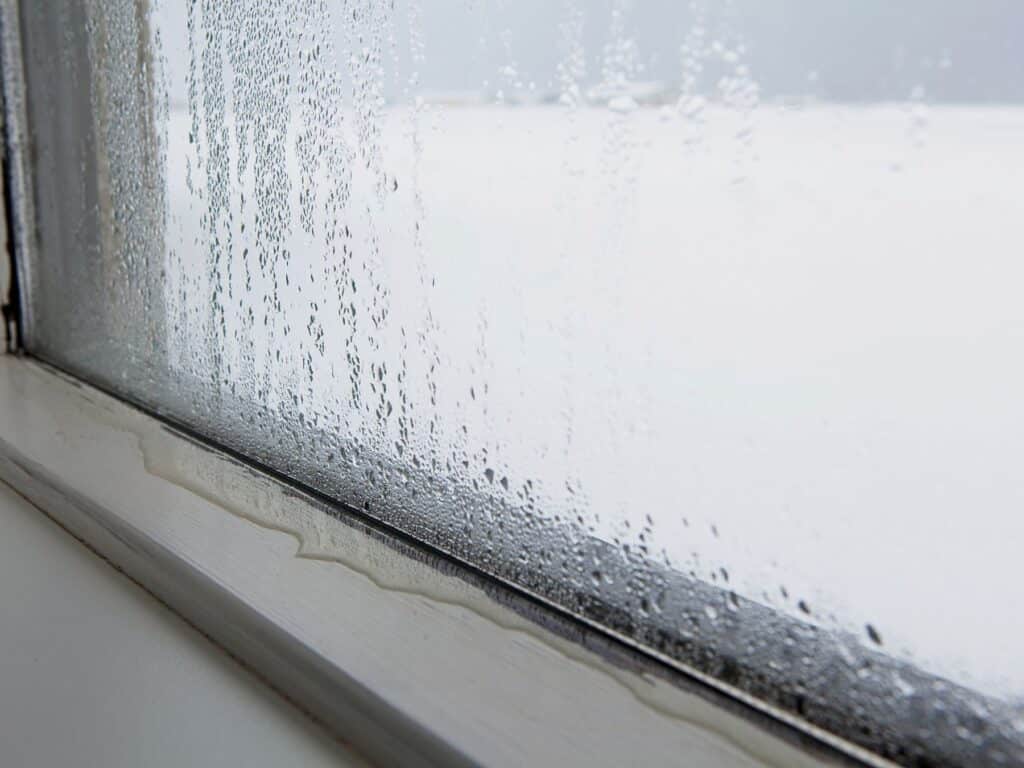
SIGN 1: Condensation
One of the most obvious indicators is the presence of condensation or fogging between the panes of glass. If you notice this, moisture has seeped between the panes, which is a clear sign that the seal has been compromised.
Window condensation is a common issue when moisture in the air comes into contact with a cold surface, such as a window. This can be particularly problematic during the winter months when the temperature outside is much colder than the temperature inside your home.
If you notice condensation on your windows, it’s important to address the issue promptly, as it can lead to mold growth, damage to window frames, and other problems. One way to reduce window condensation is to increase ventilation in your home by opening windows or using exhaust fans.
You can also use a dehumidifier to reduce moisture levels in the air. If you have older windows, consider upgrading to more energy-efficient models, as they are better at regulating temperature and reducing condensation.
If these tips don’t improve the condensation problem, then it is best to consult with one of our Design and Energy experts. Depending on the issues found, you might need to repair or replace your windows. Condensation can be a serious problem. You can read more about condensation in this blog post.
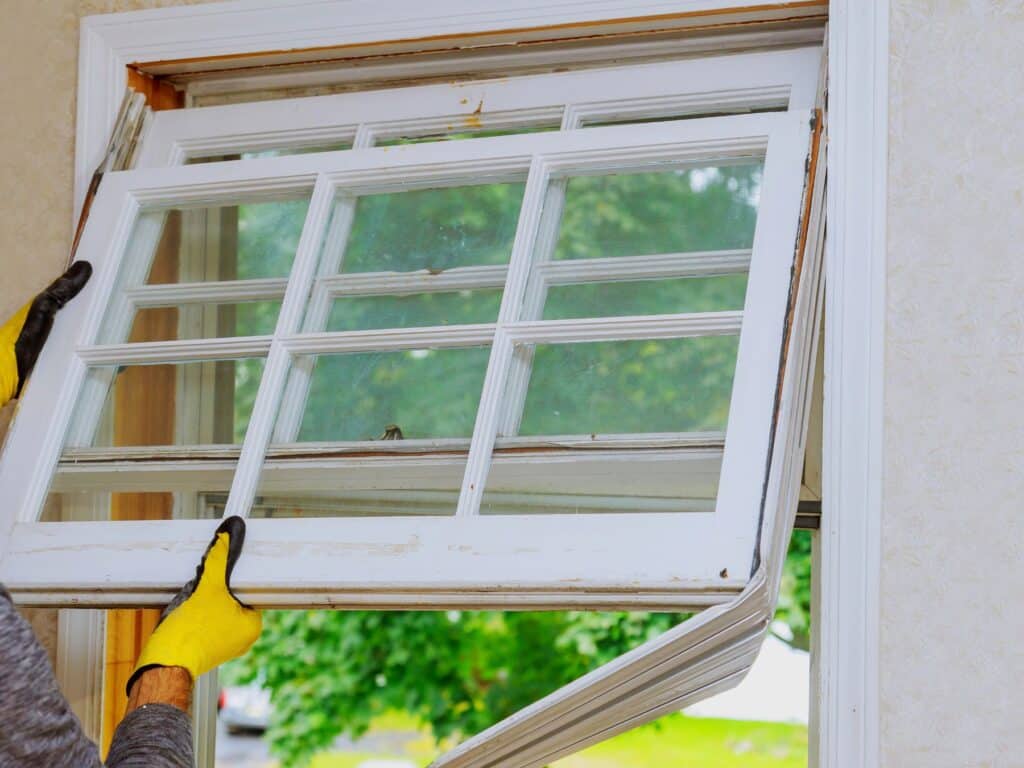
SIGN 2: Drafts and Noise
Another sign of a broken window seal is increased draftiness or noise infiltration. If you notice that your windows are no longer as effective at blocking out noise or keeping your home insulated, it could be due to a broken seal.
If you’re experiencing drafts or noise coming through your windows, have them inspected by a professional to determine if the seals are indeed broken and what repairs are needed.
In some cases, it may be possible to replace just the seals themselves, while in other cases, a complete window replacement may be necessary.

SIGN 3: Obvious damage
Finally, it’s essential to inspect the glass itself for any cracks or chips, as this can also be a sign that the seal is broken.
If damage is the case, make sure to address the issue promptly, as it can affect the structural integrity of the window and compromise the seal.
Various factors, such as extreme weather conditions or accidental impacts, can cause cracks or chips. Again, sometimes, a small crack or chip can be repaired with a patch or sealant, but in other cases, you may need a full window replacement.
It’s essential to have a professional assess the damage and ensure that your windows are functioning properly to keep your home safe, secure, and well-insulated.
If you’ve noticed any of these signs, contact us today; we are here to help you with your window seal concerns.
PIN FOR LATER
Comments are closed.

